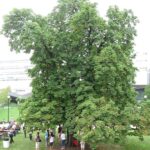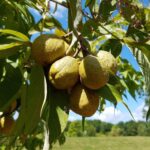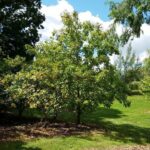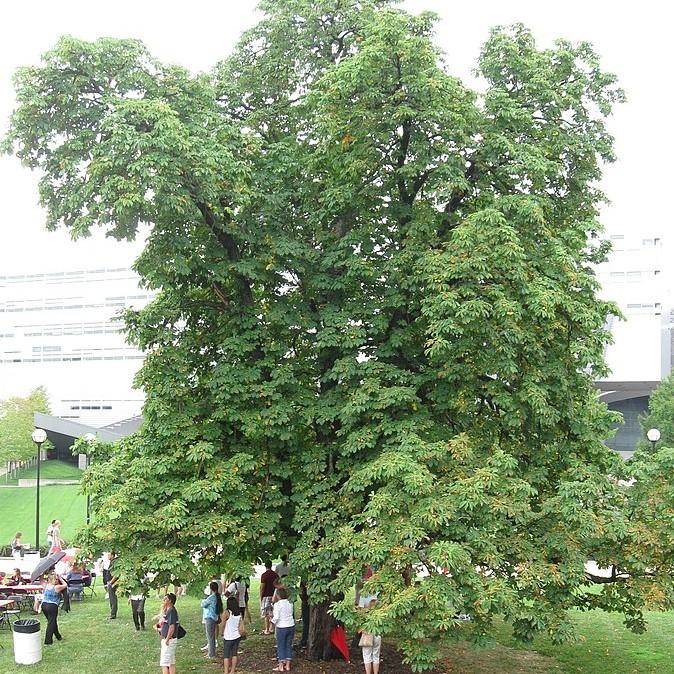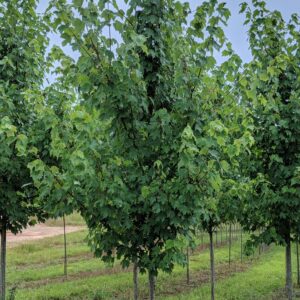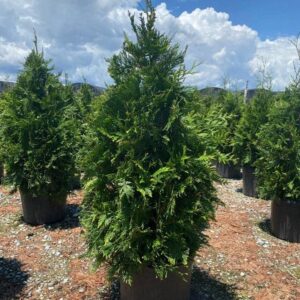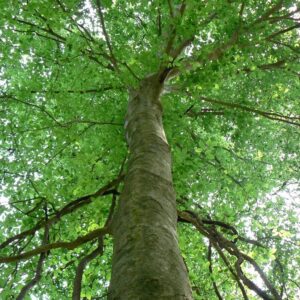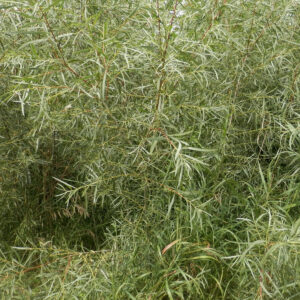The Ohio Buckeye, scientifically known as Aesculus glabra, is a deciduous tree native to the eastern and central regions of North America, including Ohio. It is the state tree of Ohio and is known for its unique foliage and distinctive fruit.
-
Appearance: The Ohio Buckeye typically grows to a height of 30 to 60 feet, with a spread of 20 to 40 feet. It has a rounded crown and large, palmate leaves composed of five leaflets. In the spring, it produces showy yellow-green flowers, followed by fruit capsules that contain shiny brown nuts with light-colored patches.
-
Location: Plant the Ohio Buckeye in a location that receives full sun to partial shade. It prefers moist, well-drained soil but can tolerate a range of soil types, including clay and loam.
-
Watering: While the Ohio Buckeye is relatively drought-tolerant once established, it benefits from regular watering, especially during dry periods. Water deeply and thoroughly, allowing the water to penetrate the root zone.
|
Type: |
Tree |
|
Origins: |
Northeast and Upper Central N. America |
|
Height: |
20′ – 40′ |
|
Spread: |
20′ – 40′ |
|
Spacing: |
30′ |
|
USDA Hardiness Zone: |
3 – 7 |
|
Culture: |
Full Sun, Part Sun |
|
Bloom Color: |
Yellow |
|
Season of Interest: |
Spring, Fall |
MAINTENANCE NEEDS: Low maintenance. When the stems, flowers, and bark have an unpleasant odor when crushed. As it has a tap root it is difficult to transplant. Foliage tends to scorch an depreciate in dry soils. Leaf Blotch is a significant problem, and powdery mildew and anthracnose are frequent problems. Watch for bagworms, Japanese beetles, and borers.
LANDSCAPE USES: Accents or Group Plantings, Borders, Woodland Gardens, Naturalized Areas, Ponds and Streams, Foundation Plantings, and Hedges.
COMPANION PLANTS: Heuchera, Hosta, Red Maple
IMAGES: En el nido (Nest), Aesculus Glabra, Ohio Buckeye, American Buckeye, or Fetid Buckeye – panoramio, CC BY 3.0, (2) Photo by USFWS Midwest Region, Ohio Buckeye (Aesculus glabra), (3) James St. John, Aesculus glabra (Ohio buckeye) (Roaring Run, Warren County, Ohio, USA) 3
*As plants have ranges in appearance they may not appear as the images shown.

